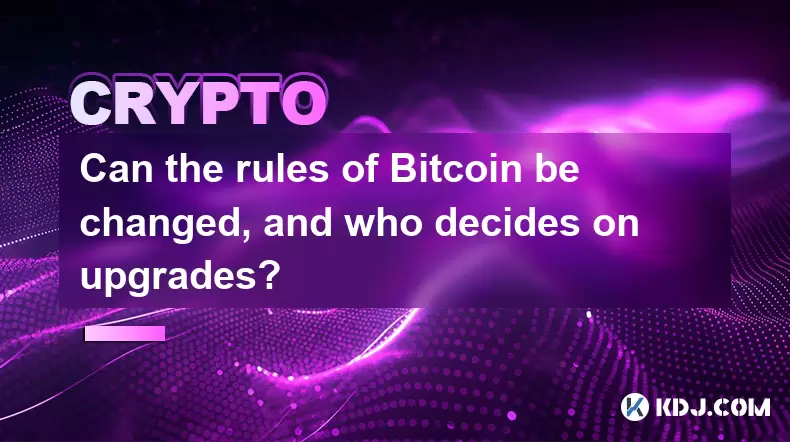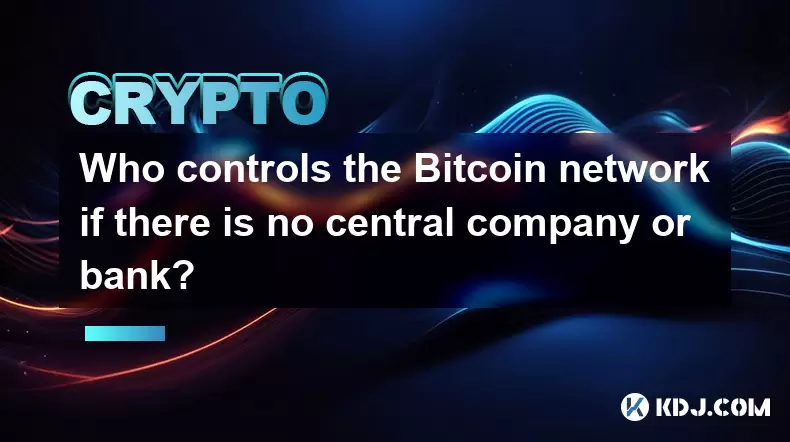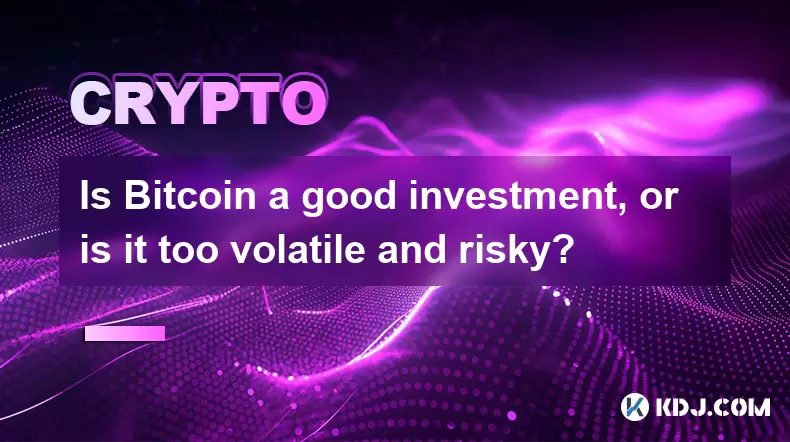-
 Bitcoin
Bitcoin $112400
-1.07% -
 Ethereum
Ethereum $3409
-3.27% -
 XRP
XRP $2.784
-6.60% -
 Tether USDt
Tether USDt $0.9997
-0.03% -
 BNB
BNB $739.3
-2.09% -
 Solana
Solana $158.0
-2.90% -
 USDC
USDC $0.9998
-0.02% -
 TRON
TRON $0.3213
-0.94% -
 Dogecoin
Dogecoin $0.1929
-5.01% -
 Cardano
Cardano $0.6974
-2.82% -
 Hyperliquid
Hyperliquid $36.69
-2.31% -
 Sui
Sui $3.327
-4.80% -
 Stellar
Stellar $0.3672
-5.18% -
 Chainlink
Chainlink $15.65
-3.07% -
 Bitcoin Cash
Bitcoin Cash $525.0
-1.68% -
 Hedera
Hedera $0.2291
-6.00% -
 Avalanche
Avalanche $20.91
-2.96% -
 Ethena USDe
Ethena USDe $1.000
0.00% -
 Toncoin
Toncoin $3.520
-1.12% -
 UNUS SED LEO
UNUS SED LEO $8.968
0.14% -
 Litecoin
Litecoin $105.7
0.26% -
 Shiba Inu
Shiba Inu $0.00001181
-1.79% -
 Polkadot
Polkadot $3.492
-2.08% -
 Uniswap
Uniswap $8.800
-3.10% -
 Dai
Dai $0.9999
-0.01% -
 Monero
Monero $289.9
-3.17% -
 Bitget Token
Bitget Token $4.243
-1.27% -
 Pepe
Pepe $0.00001006
-3.67% -
 Cronos
Cronos $0.1248
-5.68% -
 Aave
Aave $249.7
-2.50%
how bitcoin formed
The creation of Bitcoin in 2009, marked by the Genesis Block, initiated a revolution in digital currency, forever transforming the financial landscape.
Oct 01, 2024 at 09:54 am

How Bitcoin Came to Be: A Comprehensive Overview
Bitcoin, the revolutionary digital currency, has captivated the financial world and beyond. Its inception marked a pivotal moment in the evolution of money and technology. Here's a detailed account of how Bitcoin came into being:
1. The Genesis Block (January 3, 2009):
- Satoshi Nakamoto, the enigmatic creator of Bitcoin, released the Bitcoin whitepaper in 2008, outlining the concept of a decentralized electronic cash system.
- On January 3, 2009, Nakamoto mined the "Genesis Block," the inaugural block in the Bitcoin blockchain. This block included the message "The Times 03/Jan/2009 Chancellor on brink of second bailout for banks."
2. Early Years (2009-2010):
- The Bitcoin network was initially small and operated primarily among a group of enthusiasts known as "cypherpunks."
- Bitcoin's value fluctuated wildly during its early years, ranging from mere cents to a few dollars per coin.
- 2010 marked a significant milestone when programmer Laszlo Hanyecz purchased two pizzas for 10,000 Bitcoins, effectively pioneering real-world Bitcoin transactions.
3. Gaining Traction (2011-2013):
- Bitcoin began gaining wider recognition in 2011, particularly among tech-savvy individuals and investors.
- The network experienced periods of rapid growth and price surges, attracting the attention of media and financial institutions.
- However, Bitcoin also faced volatility and regulatory hurdles, which hindered its widespread adoption.
4. The Silk Road (2011-2013):
- In 2011, the Silk Road, an anonymous online marketplace that operated using Bitcoin, attracted significant attention.
- The Silk Road's controversial activities highlighted both the potential benefits and risks associated with Bitcoin's anonymity.
5. Maturation and Legitimization (2014-Present):
- Bitcoin's acceptance grew steadily over the years, and major financial institutions began exploring its potential.
- Regulatory frameworks evolved to address the challenges and opportunities presented by Bitcoin.
- Bitcoin's price has experienced significant fluctuations, including bull markets characterized by rapid growth and bear markets with substantial declines.
- Today, Bitcoin remains a significant force in the financial landscape, with an established ecosystem of exchanges, wallets, and other infrastructure.
Conclusion:
The journey of Bitcoin has been a remarkable tale of innovation, volatility, and societal impact. From its humble beginnings as a niche concept to its present-day status as a major financial player, Bitcoin has transformed the world of money and paved the way for new frontiers in digital currency. Its continued evolution and influence remain highly anticipated in the years to come.
Disclaimer:info@kdj.com
The information provided is not trading advice. kdj.com does not assume any responsibility for any investments made based on the information provided in this article. Cryptocurrencies are highly volatile and it is highly recommended that you invest with caution after thorough research!
If you believe that the content used on this website infringes your copyright, please contact us immediately (info@kdj.com) and we will delete it promptly.
- Ruvi AI: The AI Token on Cardano Set to Dominate After CMC Listing
- 2025-08-03 04:50:12
- Bitcoin, MicroStrategy, and Institutional Confidence: A Bullish Trifecta?
- 2025-08-03 04:30:12
- Ruvi AI Token: Price Hike Imminent After Presale Milestone?
- 2025-08-03 04:30:12
- Ruvi AI: The Millionaire Maker with a Price Spike on the Horizon?
- 2025-08-03 02:50:12
- DOGE, Utility Coins, and Smart Money: A New Era for Crypto Investing?
- 2025-08-03 02:50:12
- Punisher Coin: Is This Meme Coin the Crypto Investment with 100x ROI Potential?
- 2025-08-03 03:30:12
Related knowledge

What is the difference between holding Bitcoin on an exchange versus in a personal wallet?
Aug 02,2025 at 03:15pm
Understanding Custodial vs Non-Custodial ControlWhen holding Bitcoin on an exchange, users are essentially entrusting their assets to a third party. E...

Can governments shut down or ban Bitcoin?
Aug 02,2025 at 09:44am
Understanding Bitcoin’s Decentralized StructureBitcoin operates on a decentralized peer-to-peer network, meaning it is not controlled by any single en...

What are Bitcoin transaction fees, and why do they fluctuate?
Aug 03,2025 at 01:51am
Understanding Bitcoin Transaction FeesBitcoin transaction fees are small amounts of Bitcoin paid by users to miners for processing and confirming tran...

Can the rules of Bitcoin be changed, and who decides on upgrades?
Aug 02,2025 at 06:36am
Understanding Bitcoin's Governance ModelBitcoin operates without a central authority, which means no single entity has the power to unilaterally chang...

Who controls the Bitcoin network if there is no central company or bank?
Aug 02,2025 at 06:01pm
Understanding Decentralized Control in BitcoinThe Bitcoin network operates without a central authority, which raises the question of who controls it. ...

Is Bitcoin a good investment, or is it too volatile and risky?
Aug 03,2025 at 05:28am
Understanding Bitcoin’s Role in Modern Investment PortfoliosBitcoin has increasingly become a topic of interest for investors seeking alternative asse...

What is the difference between holding Bitcoin on an exchange versus in a personal wallet?
Aug 02,2025 at 03:15pm
Understanding Custodial vs Non-Custodial ControlWhen holding Bitcoin on an exchange, users are essentially entrusting their assets to a third party. E...

Can governments shut down or ban Bitcoin?
Aug 02,2025 at 09:44am
Understanding Bitcoin’s Decentralized StructureBitcoin operates on a decentralized peer-to-peer network, meaning it is not controlled by any single en...

What are Bitcoin transaction fees, and why do they fluctuate?
Aug 03,2025 at 01:51am
Understanding Bitcoin Transaction FeesBitcoin transaction fees are small amounts of Bitcoin paid by users to miners for processing and confirming tran...

Can the rules of Bitcoin be changed, and who decides on upgrades?
Aug 02,2025 at 06:36am
Understanding Bitcoin's Governance ModelBitcoin operates without a central authority, which means no single entity has the power to unilaterally chang...

Who controls the Bitcoin network if there is no central company or bank?
Aug 02,2025 at 06:01pm
Understanding Decentralized Control in BitcoinThe Bitcoin network operates without a central authority, which raises the question of who controls it. ...

Is Bitcoin a good investment, or is it too volatile and risky?
Aug 03,2025 at 05:28am
Understanding Bitcoin’s Role in Modern Investment PortfoliosBitcoin has increasingly become a topic of interest for investors seeking alternative asse...
See all articles

























































































